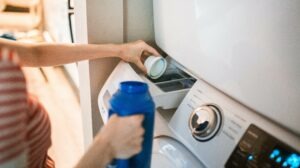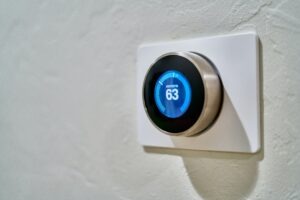Go Greener This Summer With These Seven Sustainability Tips
More sunshine, more relaxing vacations, more time spent with loved ones — all the tell-tale signs that summer is in full swing! In between your travels and the other fun things you have planned, it’s important to remember that a summer packed full of activities can affect the environment, too.
In fact, travel and tourism alone accounts for 8% to 10% of carbon dioxide emissions across the globe, according to the World Travel & Tourism Council.
With this information in mind, the question now becomes: how can we be more sustainable during this season of being on-the-go? In what ways can we be more efficient overall to lessen the impact of our carbon footprint elsewhere?
The National Energy Improvement Fund (NEIF) is the nation’s only Certified B Corporation specializing in financing for improvements that make homes and buildings more efficient, healthy, and comfortable. NEIF not only aims to empower both residential and commercial customers to Go Greener, but as a Certified B Corp, demonstrates high levels of environmental performance on an organizational level, too.
Continue reading for a handful of strategies that you can consider implementing this summer to live more sustainably!
Seven Tips For a More Sustainable Summer
#1 Invest in a Good Reusable Water Bottle & Bring it Everywhere

It’s no secret by now that single-use plastics, such as water bottles, are discouraged for frequent use. Despite being labelled as “recyclable,” 86% of plastic water bottles in the United States are tossed in the trash (that’s 38 billion bottles that end up in landfills!), as reported by the Container Recycling Institute. Amid high temperatures and humidity this summer, reach instead for a reusable water bottle to stay hydrated — one that can be filled up before you leave the house and replenished at public drinking stations and fountains while you’re out and about.
#2 Explore Various Lighting and Appliance Options For Your Home

To maximize energy savings this time of year, the U.S. Department of Energy suggests that homeowners should provide some extra TLC to lighting and appliances. Best practices for running appliances include washing dishes and laundry in full loads at a time. Efficient options for lighting — including solutions that operate at cooler temperatures — can be explored and further implemented with the help of an NEIF-Approved Contractor.
#3 Control Your Thermostat With Efficiency in Mind

On an especially hot day, your instincts might urge you to crank up the air conditioning inside. But to lower your environmental impact (and to also lessen the burden on your wallet), you’ll want to reconsider. According to the DOE, the smaller the difference between indoor and outdoor temperatures, the lower your cooling bill will be at the end of the month.
#4 Shop at Local Farmers’ Markets

Enjoyable weather opens a whole new world of opportunities when it comes to visiting farmers’ markets and roadside stands for fresh produce, meats, and other food products. As consumers, we’re often told to “buy local,” but what does that mean exactly? How does that promote a sustainable lifestyle?
Shopping at farmers’ markets not only supports the small farmers and vendors in your area, but it also drastically decreases the number of miles that your food travels before arriving on your table. And when fruits and vegetables have far distances to travel, artificial preservatives — which can be toxic to the environment — will often be added to maintain their freshness.
#5 Cook More Dinners at Home

Once you’ve stocked up on all those fresh farmers’ market ingredients, it’s to put them to good use. In lieu of lining up restaurant reservations this summer, consider planning more dinners at home — on your outdoor patio, poolside, get creative with it! Doing so reduces food waste, along with general waste produced when dining out (e.g., plastic packaging, single-use items, etc.).
#6 Choose Your Sunscreen Wisely

It goes without saying that sunscreen is necessary for protecting your skin from the sun’s strong rays, which tend to be the most intense in the summer months. When applying, however, and even during periods of movement such as swimming or other recreational activities, the chemicals within sunscreen are dispersed into the surrounding environment. Common ingredients include oxybenzone, butylparaben, and octinoxate — all of which are recognized as environmentally harmful.
Avoiding spray-on products, reading labels carefully, and purchasing from environmentally conscious brands are all great strategies to employ moving forward.
#7 Assess Areas In Need of Home Improvement

Summer break can be the perfect time to start considering the areas of your home in need of improvement. Is it finally time to replace your HVAC? In what other ways can you improve overall efficiency?
Investing in your home becomes a lot less intimidating when working with NEIF – and our network of Approved Contractors – as you’re provided with fixed-rate, low monthly payment options that support the decision to Go Greener.
SOURCES: Acko, Container Recycling Institute, Move For Hunger, World Travel & Tourism Council



